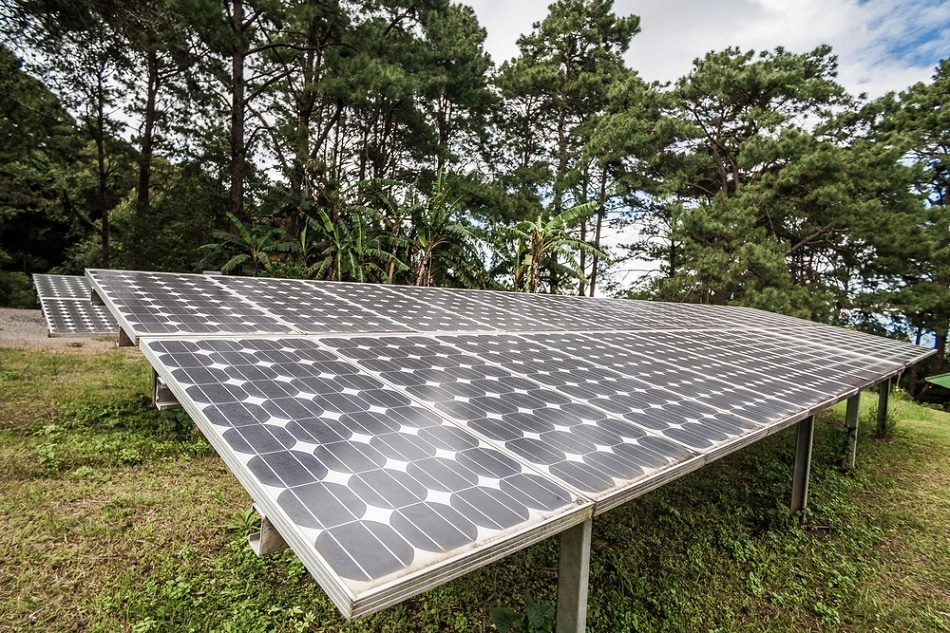Oct 6 2016
 PANDECH/Shutterstock.com
PANDECH/Shutterstock.com
A team of researchers at Oxford University have created a solvent system with decreased toxicity that can be applied in the manufacture of perovskite solar cells, solving one of the barriers to the commercialization of a technology that has the potential to revolutionize the solar sector.
Perovskites is a group of materials with the crystal structure of calcium titanate. These have been showcased as a 'wonder material' with efficiency nearly matching that of silicon in harnessing solar energy. Furthermore, they are much more economical to produce.
By mixing acetonitrile and methylamine, the team has produced a clean solvent possessing a low boiling point and low viscosity that rapidly crystallizes perovskite films at room temperature and could be used to help coat huge solar panels with the material.
The research findings have been published in the Royal Society of Chemistry journal Energy & Environmental Science.
Dr Nakita Noel of Oxford's Department of Physics, lead author of the study, said: 'At the moment, there are three main solvents used in the manufacture of perovskite solar cells, and they are all toxic, which means you wouldn't want to come into contact with them.
Additionally, the most efficient perovskite solar cells are currently made through a process called solvent quenching - a technique that is not easily transferred from lab-scale deposition techniques to large-scale deposition techniques. While vapour deposition of these materials can overcome this problem, it will come at additional costs. One of the main selling points of this material is that it is cheap and can be easily solution-processed. We have now developed the first clean, low-boiling-point, low-viscosity solvent for this purpose.
Dr Nakita Noel
Dr Noel added: 'What is really exciting about this breakthrough is that largely reducing the toxicity of the solvent hasn't led to a reduction in the efficiency of the material in harnessing solar energy.'
In the last few years, perovskite-based solar cells have taking the first place in emerging photovoltaics. These cells are already competing on efficiency against proven solar technologies such as the multi-crystalline silicon and inorganic thin-film used in solar panels throughout the world. Perovskites also have the briefest 'energy payback time' - the time required for a material to save the same quantity of energy that was consumed in its production. It is believed that the sun provides sufficient power in 90 minutes to match all the energy needs of the world for a year.
While we are probably still a few years from seeing perovskite-based solar panels on people's roofs, this is a big step along the way.
Dr Bernard Wenger, Research paper co-author, also of Oxford's Department of Physics
Professor Henry Snaith, senior author on the paper and leader of the photovoltaics group at Oxford University, has lead the way in the progress of perovskite solar cells and was one of the initial researchers to identify their potential as an economical, highly efficient material for this purpose.